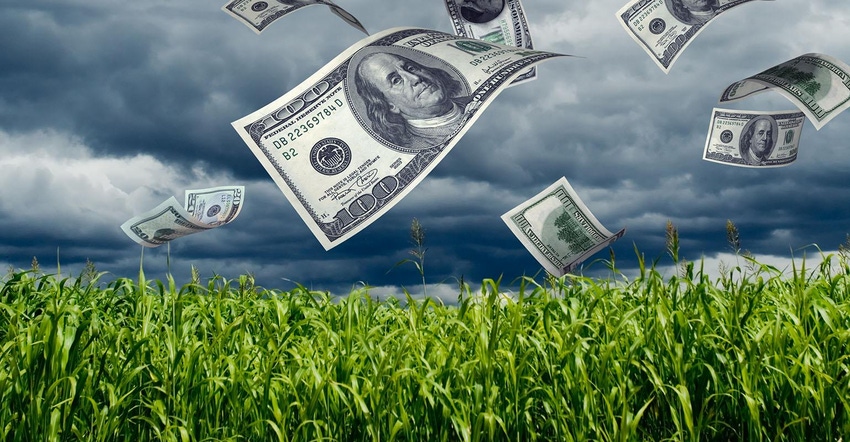
There is an old saying in business: follow the money! This cannot be more true of farm economics in the early part of this decade. The potential financial disaster of the COVID-19 pandemic actually resulted in many producers experiencing the most stellar financial performance since the great commodity super cycle one decade ago. However, if one follows the money trail, the bright financial performance may be just a little more subdued.
When conducting your financial analysis, the income statement needs to be accrual adjusted. The first line item needing analysis is government support payments. Since 2016, this category has been increasing with the apex occurring in 2020 with the generous stimulus checks. When following the money, divide government payments by net farm income. If the result is less than 20 percent, your business is in a positive position to be agile and continue operations after government support payments cease. A number above 50 percent would suggest a major emphasis be placed on both short and long run strategies and tactics to replace the government windfall.
The next step in following the money is to assess how the government checks were used. Some producers used the funds to pay down lines of credit. If this is the case, examine your percent of operating line usage. Other producers took advantage of prepaying expenses to mitigate some of the risk in the inflating input costs such as fertilizer, chemicals, and feed. Still others reduced accounts payable. Despite strong sales, many agribusinesses are reporting that their accounts receivable are the lowest in years, indicative of accounts payable reductions.
If your business is carrying debt, focus on your debt service coverage ratio. This ratio is calculated by dividing the cash available to service debt by the total debt service commitments. One producer conducting the “follow the money” exercise was shocked. His debt service coverage ratio was strong at 248 percent. However, it quickly diminished to 114 percent when the government support payments were eliminated.
Some producers utilized strong profits in 2020 to make down payments on equipment to reduce taxable income and to purchase land for long-term positioning. In following the money, one will need to determine if the non-recurring income and subsequent capital investment decisions could result in future cash flow issues. Potential issues could be the result of additional debt service compounded with margin compression because of rising operating costs.
P.S.
I suggest that you enroll in the Farm Futures Ag Finance Boot Camp that will provide you with the tools to follow the money! This boot camp will be held in June. See the Farm Futures website for additional information.
About the Author(s)
You May Also Like






